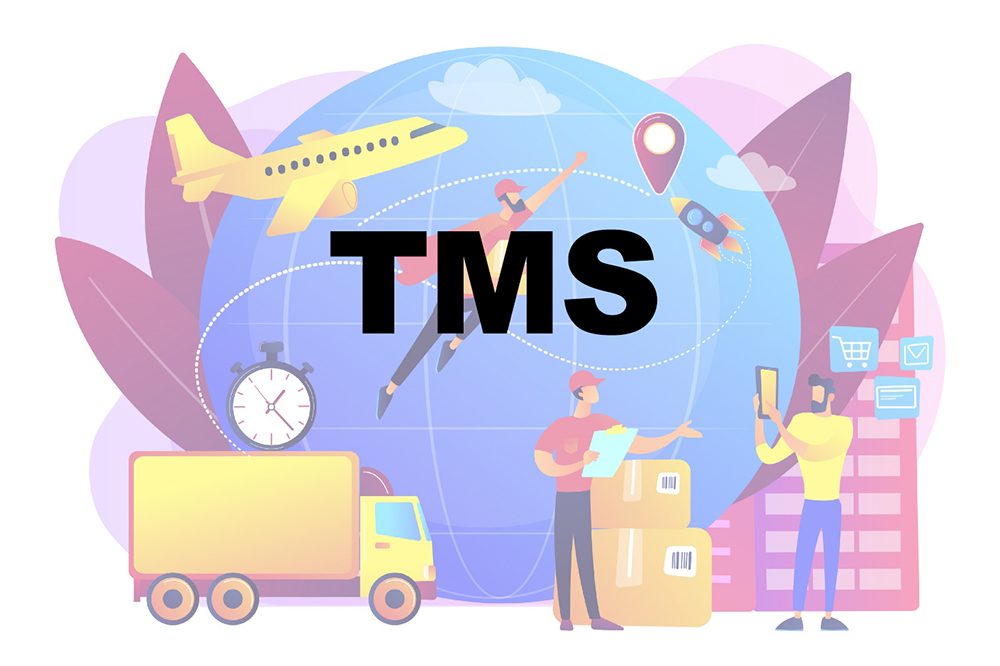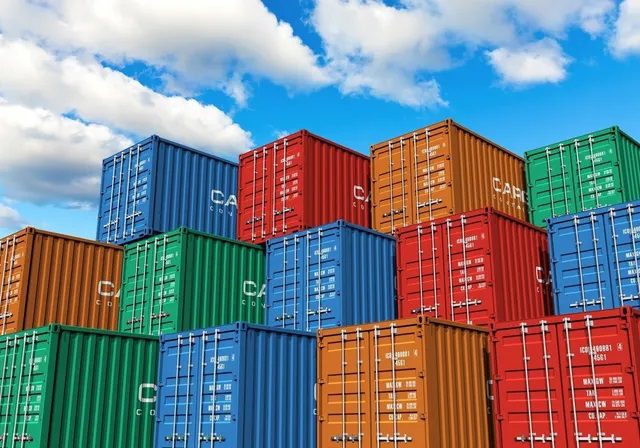BLOG
Setting Sail: The Basics of Sea Freight Shipping
- wanmeili
- 2024-05-29
Introduction
When it comes to transporting goods across long distances, sea freight shipping is often the preferred method for businesses worldwide. With its cost-effectiveness and ability to handle large volumes of cargo, and plays a crucial role in global trade. In this blog, we will explore the basics of sea freight shipping, from the types of vessels companies use to the key players in the industry.
Types of Vessels
The industry uses several types of ocean freight vessels, each built to hold different cargo types.
Container ships: These are the most commonly used vessels in sea shipping. Manufacturers design them to carry standard shipping containers, and workers use cranes to load/unload them easily.
Bulk carriers: These vessels transport bulk cargo such as grain, coal, and iron ore. They typically have large hatches so workers can load and unload loose cargo easily.
Tankers: Tankers transport liquid cargo such as oil, chemicals, and liquefied natural gas. They have specialized tanks to safely transport these types of cargo.

Key Players
Several key players contribute to the operation of sea freight shipping:
Freight forwarders: These are companies that specialize in arranging the transportation of goods on behalf of clients. They work with shipping lines, carriers, and other parties to ensure smooth and efficient cargo transportation.
Shipping lines: Shipping lines are companies that own and operate vessels for sea freight. They offer various services, routes, and schedules to meet the needs of their customers.
Ports and terminals: Ports and terminals play a crucial role in sea freight shipping by serving as points of entry and exit for cargo. They have facilities for loading, unloading, and storing cargo.
Advantages
Sea shipping offers several advantages over other modes of transportation:
Cost-effectiveness: Generally more cost-effective than air freight or road transportation, especially for large volumes of cargo.
Eco-friendly: Sea freight shipping is considered a more sustainable option compared to air freight, as it produces lower carbon emissions per unit of cargo transported.
Capacity: The capacity to carry large volumes of cargo, making them ideal for businesses that need to transport goods in bulk.
Conclusion
In conclusion, sea freight shipping plays a vital role in global trade by offering cost-effective and efficient transportation of goods across long distances. By understanding the basics of sea shipping, businesses can make informed decisions when it comes to choosing the right mode of transportation for their cargo.
About CXMM-SCM
CXMM-SCM Logistics is a leading international logistics provider based in Shenzhen, China—near Hong Kong. Additionally, it has a warehouse in Hongkong and can help handle cargo movement shipping from or to Hongkong. Get to learn more about what service CXMM-SCM Logistics can provide:
In addition to the traditional FCL/LCL and air freight shipments, our services also include the following services that you may be interested in:
- DHL/FedEx/UPS safe and stable express account
- Consolidated Warehouse-Shenzhen
- China-Hongkong dedicated line
- China handling agent & local haulage trucking
- Product sourcing and supplier verification
- Cargo Insurance and Purchase Import Bond
- Customs clearance and documentation assistance
- USD-CNY paying to factories on behalf of service
- Ex works and door-delivery services all around China
- If you have any shipments to/from China, please feel free to call us at +86 15574486805 or Email:jessicakuang@cxmm-scm.com. It will be our great pleasure to be your partner in China.



